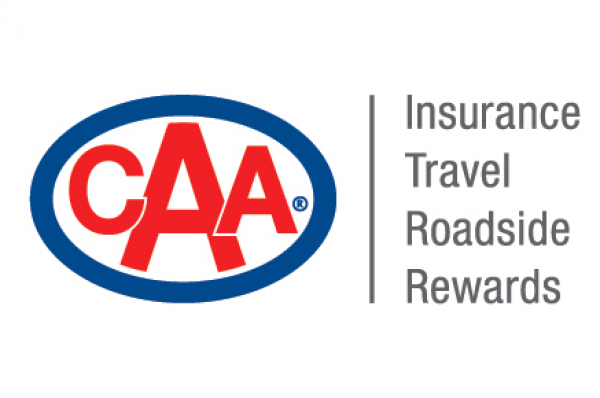Temperatures are getting colder, Ontarians are bundling up, and CAA South Central Ontario (CAA SCO) is recommending that now is the right time to get your vehicle winter ready.
“Preparing for unpredictable driving conditions will help ease the frustration and anxiety that comes with colder weather,” says Kaitlynn Furse, director, corporate communications, CAA Club Group. “Before the winter season starts ensure your car is in tip top shape.”
If you’re uncertain of when or how to get ready for winter driving, the top three things you can do right now are: packing an emergency roadside kit, installing your winter tires, and checking your car battery.
CAA recommends packing a fully stocked emergency roadside kit so in case something does happen while on the road, you have everything to stay safe until help arrives. The kit should include a flashlight and extra batteries, warning devices (e.g., flares, reflective vests/strips), a first aid kit, blankets, jumper cables, non-perishable food and water plus a phone charger. Be sure to also keep an ice scraper, small shovel and snow brush handy in your car at all times.
With the temperature consistently hovering around 7° Celsius, it’s important to install four matching winter tires to fully optimize your vehicle’s handling, stability and braking.
“Compared to all-season tires, winter tires stay flexible in cold temperatures giving you better traction, whether or not there’s snow on the ground,” says Furse. “This may reduce your stopping distance by a few feet which can be the reason for preventing a collision.”
While installing your winter tires, CAA recommends also asking your mechanic to check your car battery.
“Even a fully charged battery can lose power when the temperature dips below 0° Celsius,” says Furse. “It’s important to have your car battery tested in the fall to ensure it’s ready for the winter.”
Are you unsure if your car battery will make it through the winter months? Watch for the following warning signs that a battery may need to be replaced:
- Your vehicle cranks slowly when trying to start. It takes 175 to 250 amps of battery power to get a car going. If your car is slow to start, you might be dealing with an insufficient charge.
- Your headlights dim while idling. When idle, a car may draw more power than the alternator alone can produce, so your battery kicks in. If your headlights dim when you are idling but brighten when you rev the engine, it could mean a drained battery.
- Your digital systems power down quickly. Electronics like the radio, GPS, dash cams and other accessories, especially in modern cars, use battery power when the engine is off. If they stop functioning properly, it could suggest a weak battery.
- You hear a grinding, clicking or buzzing noise when you turn on the ignition. It’s important to be able to distinguish the reason your vehicle may be making noises, usually these sounds mean your battery has lost its charge but if you’re still unsure, get your vehicle checked by a professional.
- Your vehicle has stalled. The stored energy in your car battery is essential for starting the engine, without its juice, you won’t be going far.
If your battery is giving you problems or you are unsure if it’s time to replace it, you can call CAA’s Mobile Battery Service at *222 to have a trained CAA SCO Battery Service Representative come test your battery and provide a helping hand.





